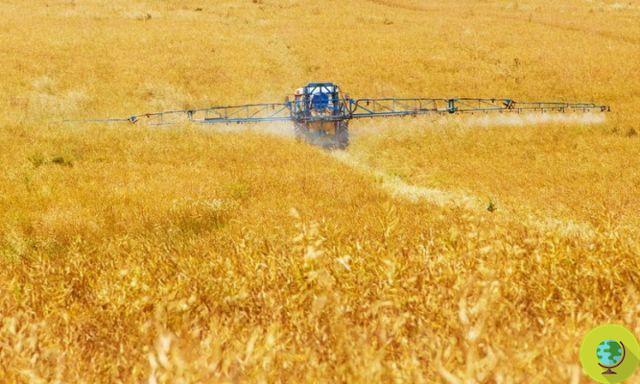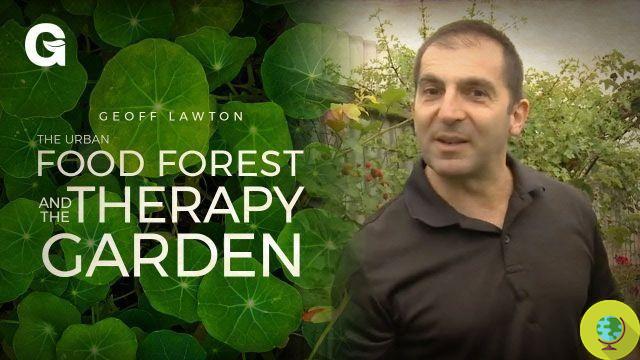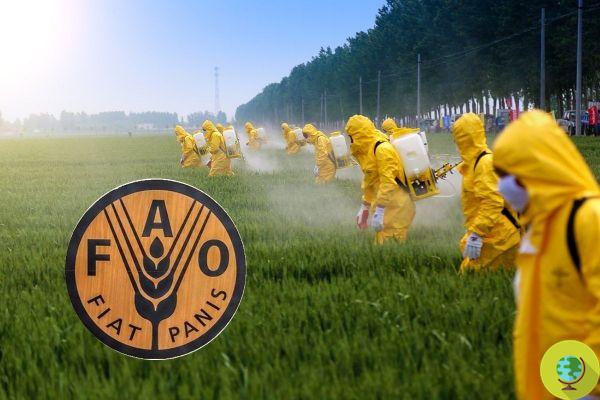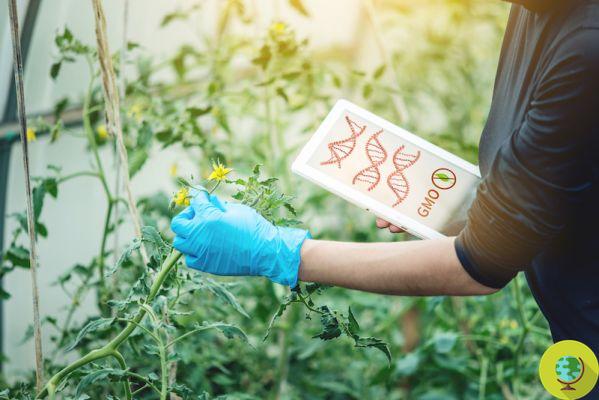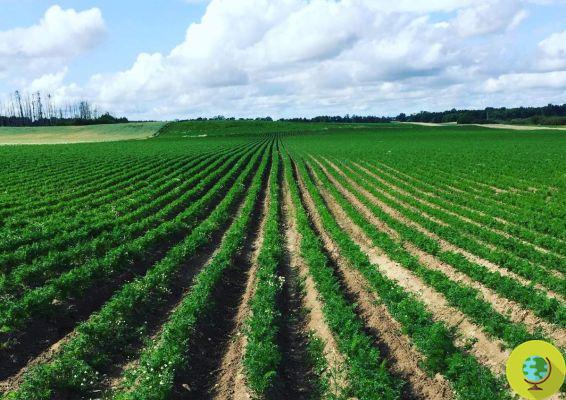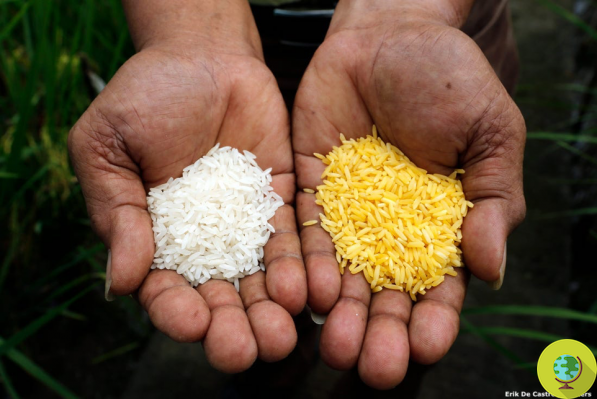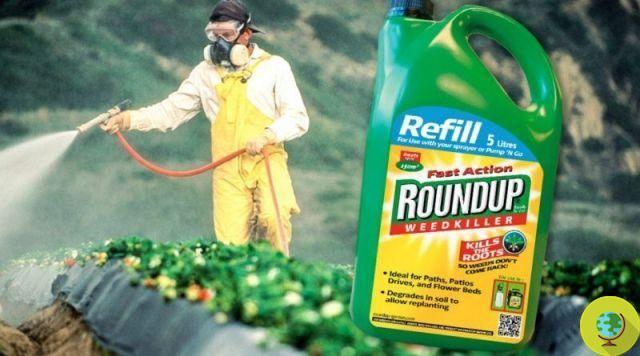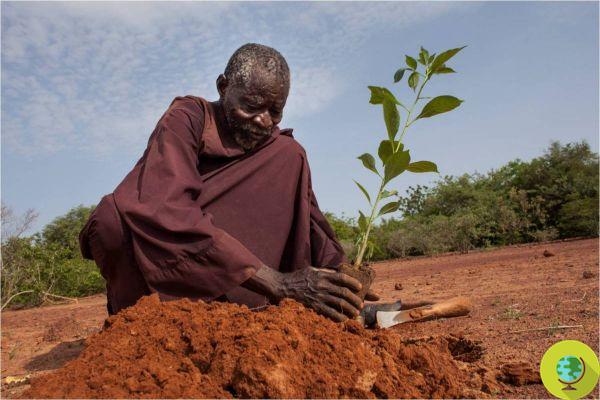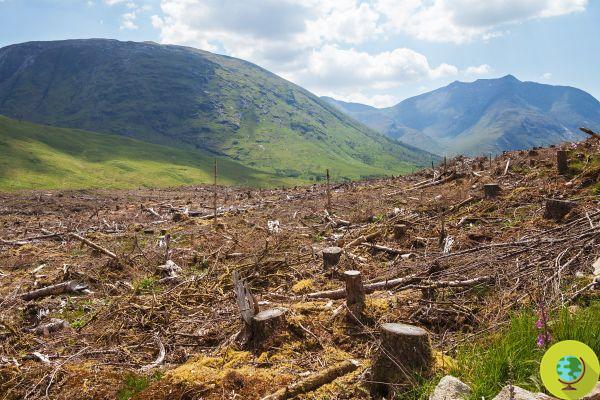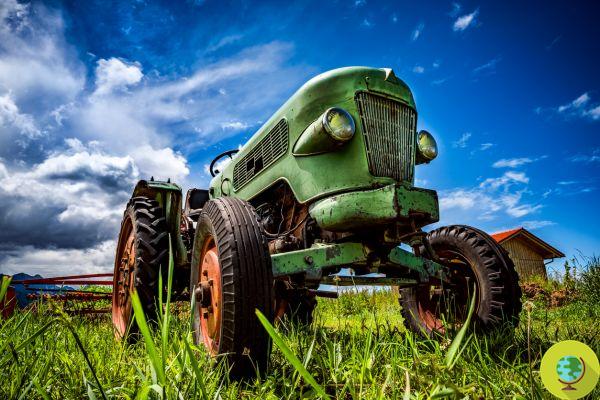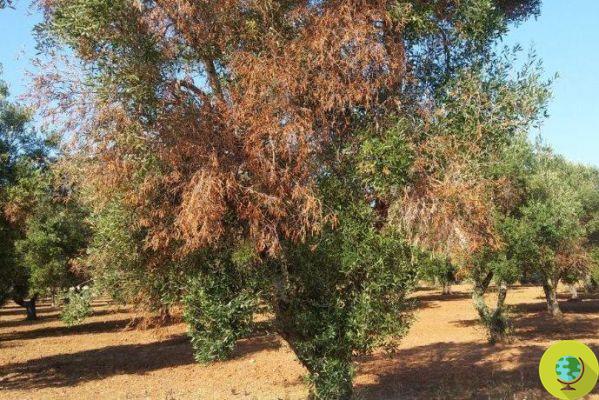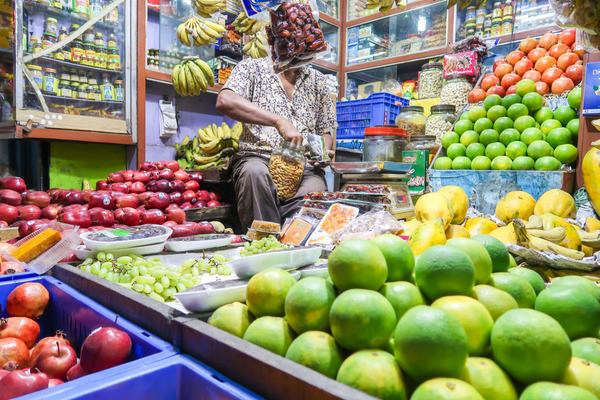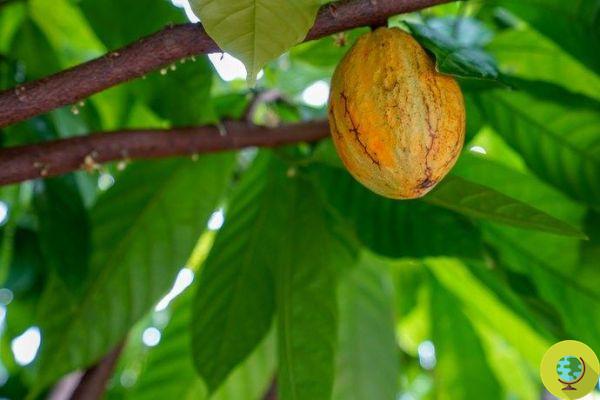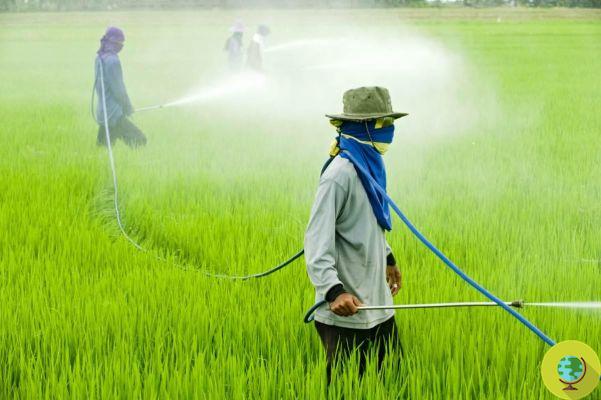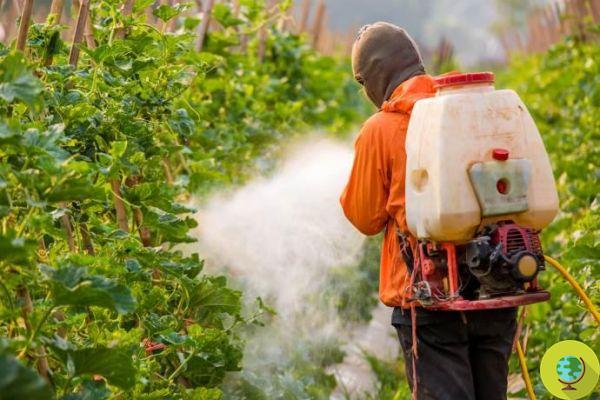Ancient fruits. Approval in agriculture over the last few decades has led to the loss of many ancient varieties of fruit and vegetables. Commercial needs have overcome the desire to safeguard the food heritage that nature offers us spontaneously. Now an oasis has been created at the University of Pisa to cultivate and rediscover the ancient varieties of apricot.
He is about to end up run over, his mother saves him
THEapproval in agriculture over the last century it has led to the loss of numerous ancient varieties of fruit and vegetables. Commercial needs have overcome the desire to safeguard the food heritage that nature offers us spontaneously. At theUniversity of Pisa is in full operation anoasis to cultivate and rediscover the ancient varieties of apricot.
The oasis is located at Venturina, in the province of Livorno. The University researchers have been working for some time to select the best apricots, trying to recover the ancient and indigenous varieties. At the moment the studies concern 100 varieties of apricots, while another 30 have already been selected.
The experts were able to identify theapricot "Pisana" (pictured above) like autochthonous variety. It is a very colorful fruit, with a red-orange skin. It is an apricot rich in antioxidants from which, through crosses with other apricots, more recent varieties, such as "Claudia" and "Ammiraglia", were born.
Researchers include the will to recover the nutritional value and organoleptic characteristics of the most ancient varieties, especially from the point of view of flavor. In any case, we also work on the aesthetic aspect of the fruit, which for most consumers is still fundamental. To get beautiful and good apricots GMOs are not needed.
The methodologies applied by the experts can be traced back to what normally happens in nature thanks to cross fertilization. Cross-pollination techniques are used, but biotech manipulations are not used.
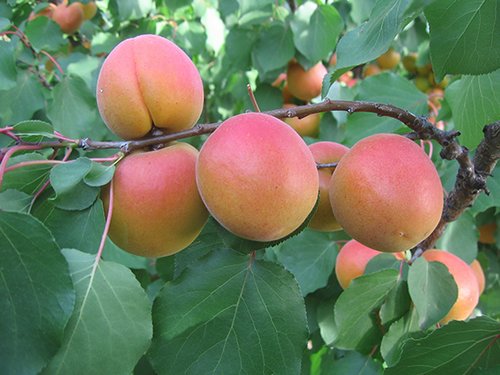
Apricot Claudia
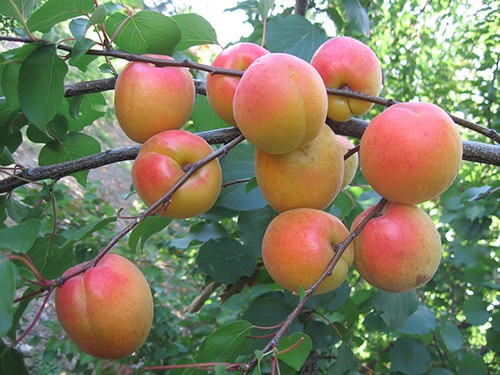
Gheriana apricot
"This kind of studies" - he declared Rossano Massai of the Department of Agricultural, Food and Agro-environmental Sciences of the University of Pisa - “however, requires very long times: to evaluate a generation of hundreds of plants obtained from seed it takes at least 15 years from the moment in which a cross is made and this is a problem since now the loans are granted for very short periods, effectively marginalizing this sector to the full advantage of other European countries and beyond. Suffice it to say that the latest funding from the Ministry of Agriculture and Forestry useful for this kind of research dates back to 2004 ″.
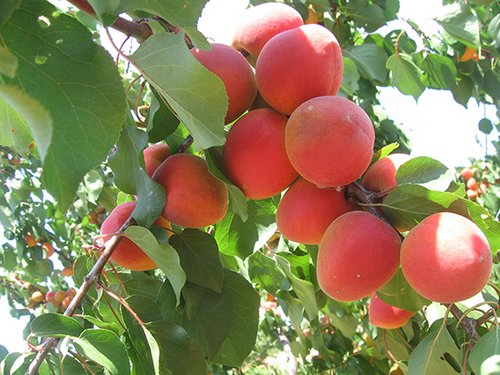
Apricot Sel
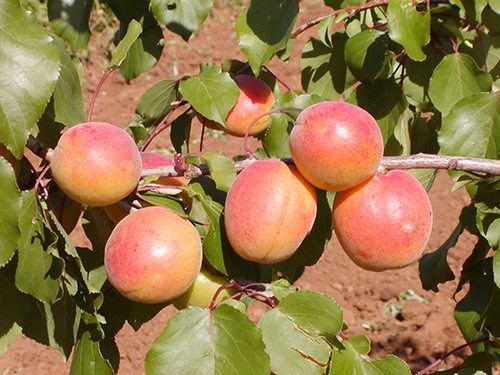
Apricot Sillari
In Venturina between June and July the apricot harvest, which in the best years has reached 100 quintals. The production of apricots takes place according to the logic of short supply chain and the recovery of typical aromas. Part of the fruit is used to produce homemade ice cream sold in Pisa: a different taste every year depending on the varieties that are harvested during the summer.
Marta Albè
Read also: Apricots: how to make sugar-free jam




